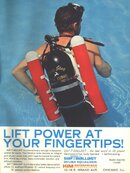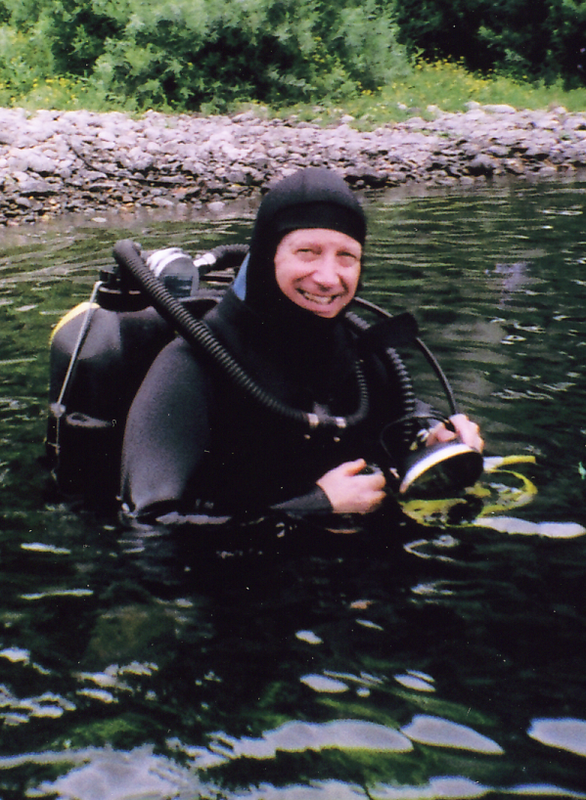I noticed this ad on the back inside cover of the October 1968 Skin Diver Magazine the other day. This is the first device on market I can recall that was intended as a Buoyancy Compensator rather than an emergency floatation device that could be inflated at depth like the Bouée Fenzy.

One of these is also on E-bay, thought his link won’t last forever:
1968 SCUBA EQUALIZER SAFTBALLAST DIVING SCUBA DIVER AD | eBay
Can anyone think of an earlier BC, home-brew or on the market?

One of these is also on E-bay, thought his link won’t last forever:
1968 SCUBA EQUALIZER SAFTBALLAST DIVING SCUBA DIVER AD | eBay
Can anyone think of an earlier BC, home-brew or on the market?







